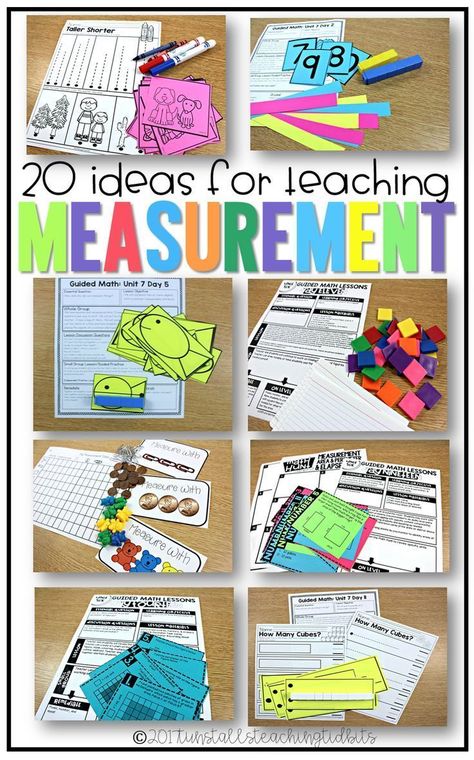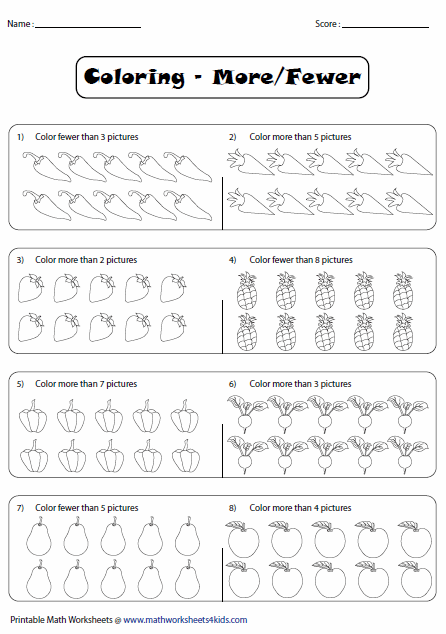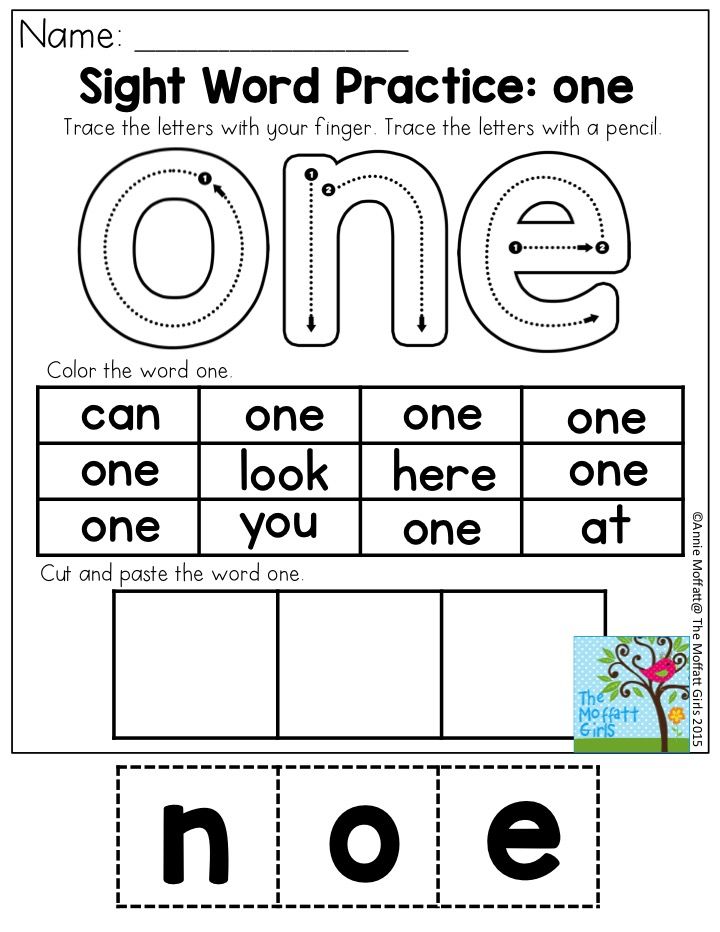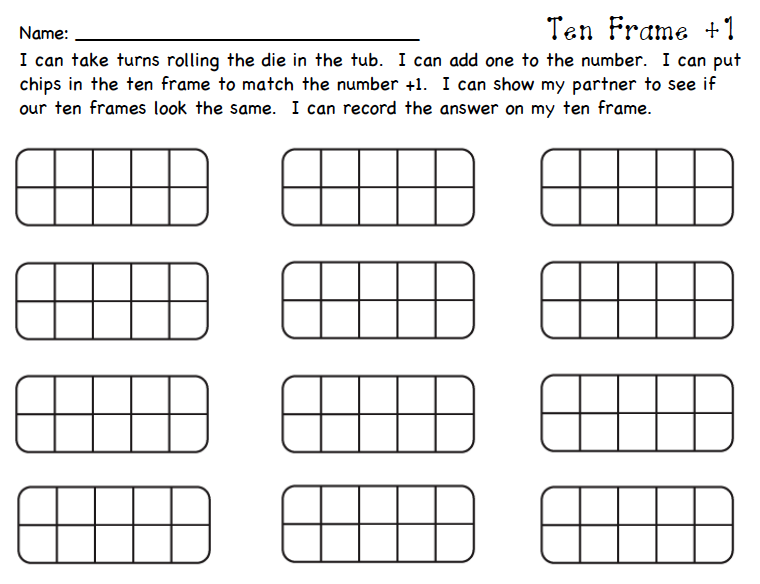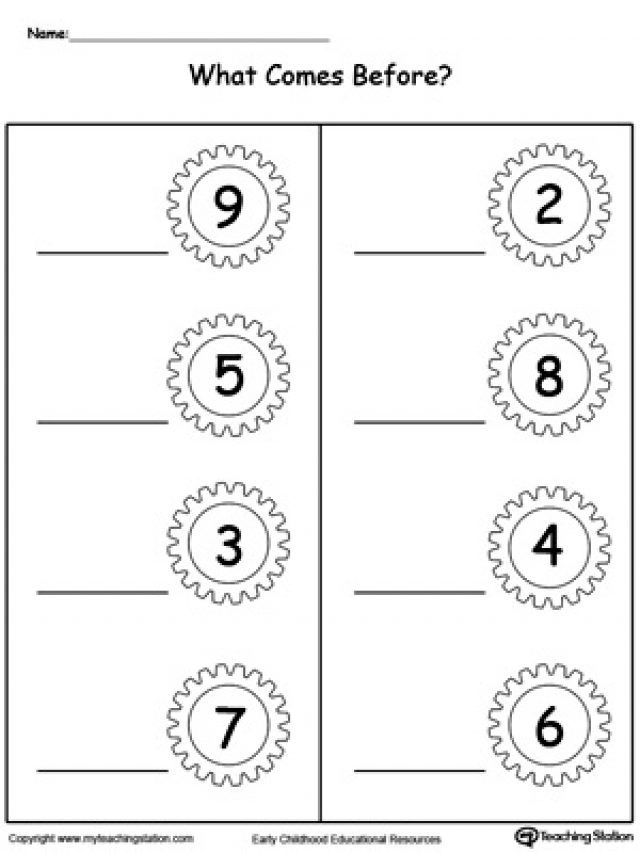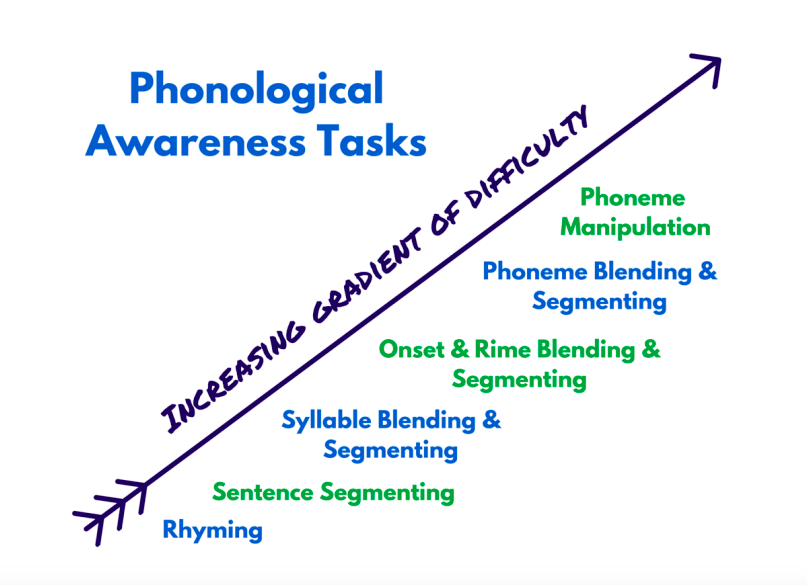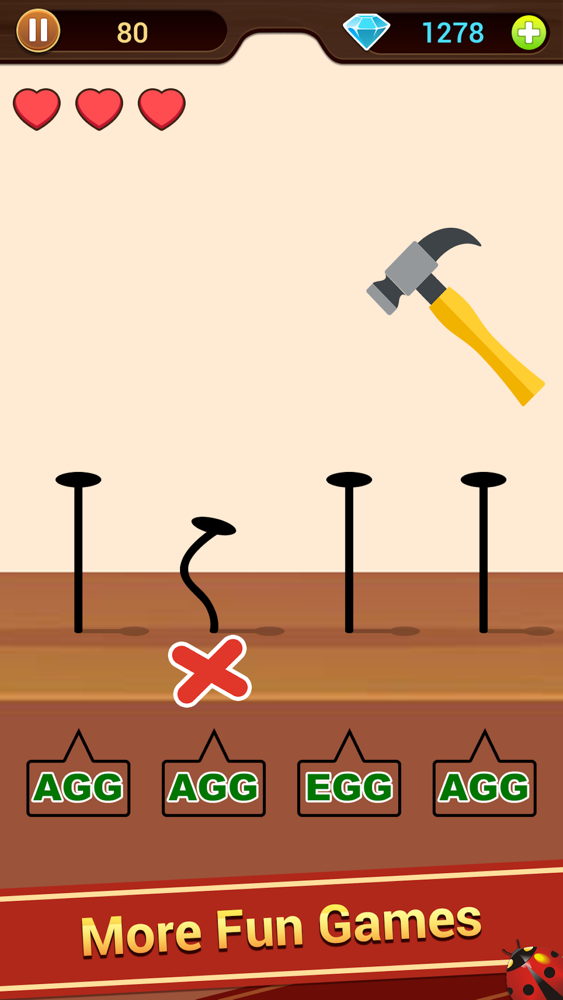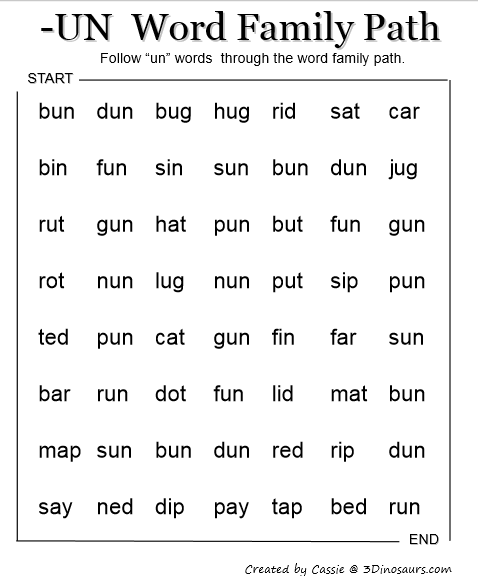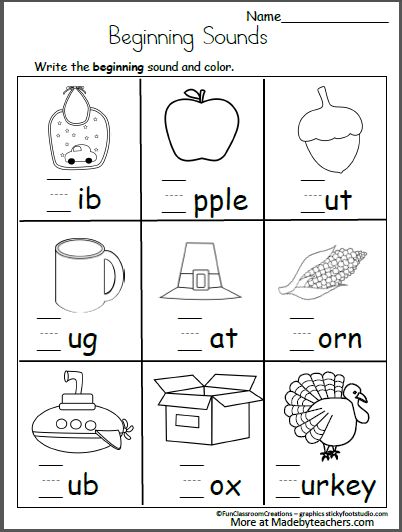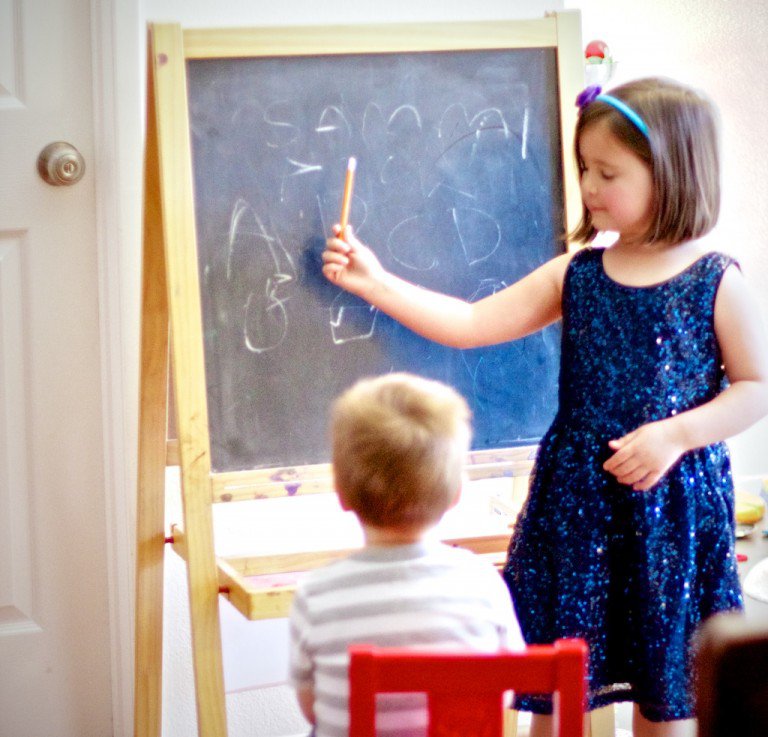Ideas to teach
English | Teaching Ideas
2D Art
2D Shape
Addition and Subtraction
Andy Goldsworthy
Angles
Area
Assemblies linked to events
Assessment
Athletics
Author Resources
Autism Resources
Averages
Camping
Christianity
Colours in Languages
Commas
Comparing and Ordering
Composition
Conjunctions and Connectives
Control Technology
Cutting and Scissor Skills
Daily Time Fillers
Developing Confidence
Doubling
Draw a Cartoon
Emotions
Energy
Experiments and Investigations
French Numbers
German Numbers
Grammar
Greek Colours
Historical Sources
Homophones
Line in Art
Lithuanian Numbers
Magnets
Microorganisms
Number
Paragraphs
Place Value
Planning Stories
Reading Instructions
Remembrance
Reward Resources
Rocks and Soils
Social Media Skills
Spanish Introductions
Special Needs
Spelling
Symmetry and Reflection
The Stone Age
Volcanoes
Warm Up Ideas
Writing Discussion Texts
3D Art
3D Shape
Andy Warhol
Animals and Habitats
Aztecs
BoardMaker resources
Capacity
Celebrating Birthdays
Dance
Databases
Dictionary Skills
Draw a Photo
End of year assemblies
English Time Fillers
Estimation
Fieldwork
French Colours
Full Stops and Capital Letters
Geometry
German Colours
Good Relationships
Graphs
Greek Numbers
Grouping Materials
Handwriting
Hinduism
Instruments
Lithuanian Colours
Looking after Money
Multiplication and Division
Nouns Adjectives Verbs and Adverbs
Number Patterns
Numbers in Languages
Parachute Activities
Pattern and Symmetry in Art
Perimeter
Punctuation
Reading Reports
Reward Notes
School Uniforms
Spanish Numbers
Spelling Patterns
Story Characters
The Iron Age
Time Fillers
Times Tables
Writing Explanations
Addition
Area and Perimeter
Assemblies linked to subjects
Bridget Riley
Britain since 1948
Changing Materials
Circuits and Electricity
Classroom Countdowns
Classroom Management
Colour
Drawing Resources
Dyspraxia Resources
Estimation Time Fillers
Factors
Football and Soccer
Games
Global Geography
Healthy Lifestyles
Hundred Square Activities
Image Editing
Inverted Commas
Islam
Listening Skills
Measure
Probability
Question Words
Reading
Reading Fiction
Reading Persuasive Writing
Reward Ideas
Sign Language
Space in Art
Spanish Holidays and Special Occasions
Spelling Tips and Ideas
Story Settings
The Bronze Age
Writing Fiction
Writing Instructions
Assemblies
Classroom Rewards
Drawing and Sketching
Early Human History
Earth and Beyond
Frank Stella
French
Judaism
Local Geography
Maths Time Fillers
Mental Starters
Multimedia
Musical Elements
Negative Numbers
Playing an Active Role
Question Marks
Reading Non Fiction
Sorting
Spanish Colours
Sports
Story Writing Ideas
Subtraction
Suffixes and Prefixes
Swimming
Synonyms and Antonyms
Volume
Writing
Writing Non Fiction
Writing Persuasive Writing
Cool Down Ideas
Coordinates
Display Tips and Resources
Egyptians
Elements of Art
Forces
German
Kandinsky
Maps and Atlases
Memory Time Fillers
Multiplication
Notation
Odd and Even
Problem Solving
Reading Poetry
Sikhism
Spanish Food and Drink
Speaking and Listening
Sports Day
Spreadsheets
Words linked to Speech
Writing Poetry
Writing Recounts
Division
Finish the Picture
Finishing Work
Greek
Greeks
Gymnastics
Human Biology
Length
Lowry
Mountains
Puzzle Time Fillers
Reflecting on Reading
Rounding
Spanish Time
Statistics
The Internet
Vocabulary
Writing Reports
All Four Operations
Gaining Attention
Learning from and about Artists
Light
Lithuanian
Mass and Weight
Maya
Monet
Natural Disasters
Spanish Weather
Tennis
Word Processing
Fractions
Managing Breaks
Materials
Picasso
Rivers
Romans
Spanish
Spanish Animals
Time
Decimals
Moving Around
Plants
Tudors
Urdu
Van Gogh
Water
Percentages
Planning
Sound
Victorians
Weather
Ratio and Proportion
School Club Resources
Vikings
Money
Tidying
World War 1
Algebra
Transition Activities
World War 2
Picture Puzzles
Working with Parents
Phonics
Art
Computing
DT
English
Geography
History
Languages
Maths
Music
Other Topics
PE
PSHE
RE
Science
Maths | Teaching Ideas
2D Art
2D Shape
Addition and Subtraction
Andy Goldsworthy
Angles
Area
Assemblies linked to events
Assessment
Athletics
Author Resources
Autism Resources
Averages
Camping
Christianity
Colours in Languages
Commas
Comparing and Ordering
Composition
Conjunctions and Connectives
Control Technology
Cutting and Scissor Skills
Daily Time Fillers
Developing Confidence
Doubling
Draw a Cartoon
Emotions
Energy
Experiments and Investigations
French Numbers
German Numbers
Grammar
Greek Colours
Historical Sources
Homophones
Line in Art
Lithuanian Numbers
Magnets
Microorganisms
Number
Paragraphs
Place Value
Planning Stories
Reading Instructions
Remembrance
Reward Resources
Rocks and Soils
Social Media Skills
Spanish Introductions
Special Needs
Spelling
Symmetry and Reflection
The Stone Age
Volcanoes
Warm Up Ideas
Writing Discussion Texts
3D Art
3D Shape
Andy Warhol
Animals and Habitats
Aztecs
BoardMaker resources
Capacity
Celebrating Birthdays
Dance
Databases
Dictionary Skills
Draw a Photo
End of year assemblies
English Time Fillers
Estimation
Fieldwork
French Colours
Full Stops and Capital Letters
Geometry
German Colours
Good Relationships
Graphs
Greek Numbers
Grouping Materials
Handwriting
Hinduism
Instruments
Lithuanian Colours
Looking after Money
Multiplication and Division
Nouns Adjectives Verbs and Adverbs
Number Patterns
Numbers in Languages
Parachute Activities
Pattern and Symmetry in Art
Perimeter
Punctuation
Reading Reports
Reward Notes
School Uniforms
Spanish Numbers
Spelling Patterns
Story Characters
The Iron Age
Time Fillers
Times Tables
Writing Explanations
Addition
Area and Perimeter
Assemblies linked to subjects
Bridget Riley
Britain since 1948
Changing Materials
Circuits and Electricity
Classroom Countdowns
Classroom Management
Colour
Drawing Resources
Dyspraxia Resources
Estimation Time Fillers
Factors
Football and Soccer
Games
Global Geography
Healthy Lifestyles
Hundred Square Activities
Image Editing
Inverted Commas
Islam
Listening Skills
Measure
Probability
Question Words
Reading
Reading Fiction
Reading Persuasive Writing
Reward Ideas
Sign Language
Space in Art
Spanish Holidays and Special Occasions
Spelling Tips and Ideas
Story Settings
The Bronze Age
Writing Fiction
Writing Instructions
Assemblies
Classroom Rewards
Drawing and Sketching
Early Human History
Earth and Beyond
Frank Stella
French
Judaism
Local Geography
Maths Time Fillers
Mental Starters
Multimedia
Musical Elements
Negative Numbers
Playing an Active Role
Question Marks
Reading Non Fiction
Sorting
Spanish Colours
Sports
Story Writing Ideas
Subtraction
Suffixes and Prefixes
Swimming
Synonyms and Antonyms
Volume
Writing
Writing Non Fiction
Writing Persuasive Writing
Cool Down Ideas
Coordinates
Display Tips and Resources
Egyptians
Elements of Art
Forces
German
Kandinsky
Maps and Atlases
Memory Time Fillers
Multiplication
Notation
Odd and Even
Problem Solving
Reading Poetry
Sikhism
Spanish Food and Drink
Speaking and Listening
Sports Day
Spreadsheets
Words linked to Speech
Writing Poetry
Writing Recounts
Division
Finish the Picture
Finishing Work
Greek
Greeks
Gymnastics
Human Biology
Length
Lowry
Mountains
Puzzle Time Fillers
Reflecting on Reading
Rounding
Spanish Time
Statistics
The Internet
Vocabulary
Writing Reports
All Four Operations
Gaining Attention
Learning from and about Artists
Light
Lithuanian
Mass and Weight
Maya
Monet
Natural Disasters
Spanish Weather
Tennis
Word Processing
Fractions
Managing Breaks
Materials
Picasso
Rivers
Romans
Spanish
Spanish Animals
Time
Decimals
Moving Around
Plants
Tudors
Urdu
Van Gogh
Water
Percentages
Planning
Sound
Victorians
Weather
Ratio and Proportion
School Club Resources
Vikings
Money
Tidying
World War 1
Algebra
Transition Activities
World War 2
Picture Puzzles
Working with Parents
Phonics
Art
Computing
DT
English
Geography
History
Languages
Maths
Music
Other Topics
PE
PSHE
RE
Science
9 ideas for cost-effective corporate training / Skillbox Media
Corp. training
#articles
- fourteen nine0010
For many companies, corporate educational events are a significant cost item. Let's talk about budget options.
Vkontakte Twitter Telegram Copy link nine0002 Anastasia Altyntseva Philologist and journalist with experience in recruitment agencies. Writes about HR for HR specialists and everyone who works with personnel.
Writes about HR for HR specialists and everyone who works with personnel.
One of the best ways to save T&D team time and budget is to record trainings, webinars, conferences, and other educational events that take place in the company. And save records in a single knowledge base: on your corporate portal or YouTube, as links in Excel or Google spreadsheets. nine0003
The main thing is that this space should be accessible to all employees. When someone needs to get new information or refresh their knowledge, it will be enough to select a record and watch it. It also has its own knowledge base — material that can become the basis for creating new corporate courses.
“We try to always record the events we participate in, up to and including team meetings on Zoom. Subsequently, we create courses in which we use fragments of these videos. If necessary, any employee can go to the corporate portal and go through them." nine0003
If necessary, any employee can go to the corporate portal and go through them." nine0003
Irina Rodina , Head of T&D at the OKKO online cinema network
Surely among your employees there are those who have deep expert knowledge in their field and are ready to share it with colleagues. Instead of ordering the services of an expensive external trainer, invite your specialist to speak on a topic or record a course.
But one should not think that the organization of training by the forces of its own experts is completely devoid of costs. nine0037 Danil Parnikel , manager of personnel training and development at Semrush , advises to figure out whether it would be more profitable in your case to involve an internal expert instead of an external one in training, to evaluate three factors:
- The cost of an employee's time (if he breaks away from his main job) compared to the time of an external expert.
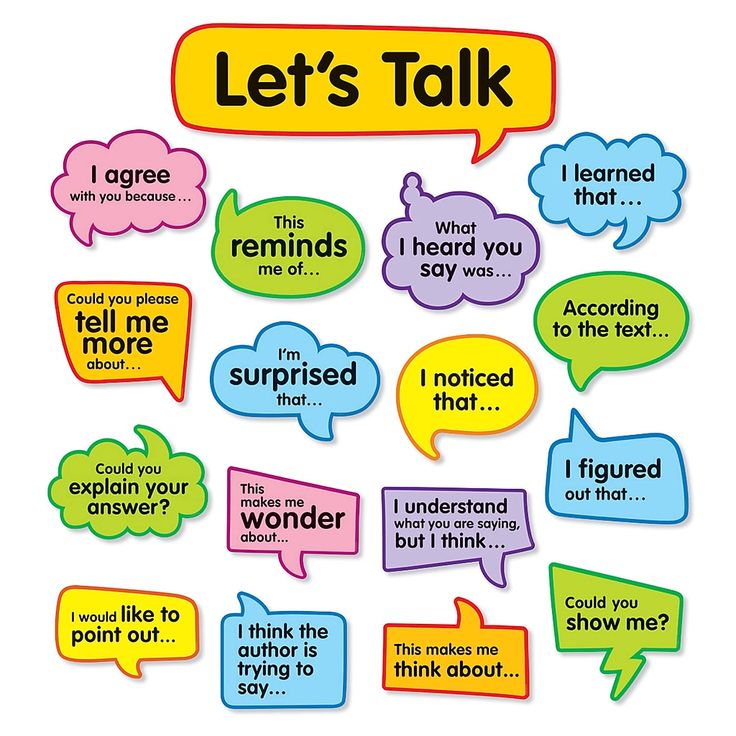
- The cost of an external expert's time to adapt his program to your task.
- Additional services (creation of manuals, post-training, post-training support for participants - answers to questions). nine0010
At the same time, in terms of quality and practical applicability, the training material from an employee may surpass the material of an external speaker.
“The experience and knowledge that our specialists have is often of a unique nature; you cannot get it from third-party experts. At the same time, we do not just take the experience of colleagues from the Huawei headquarters in China, but involve employees from different countries in compiling trainings - as a rule, high-level experts with certificates for educational activities. Such a cross-regional exchange of experience allows us to achieve a high level of training and reflect the peculiarities of working in local markets" nine0003
Elena Kaverina HR business partner of Huawei Enterprise in Russia
In addition, training with the help of internal experts has a number of other advantages.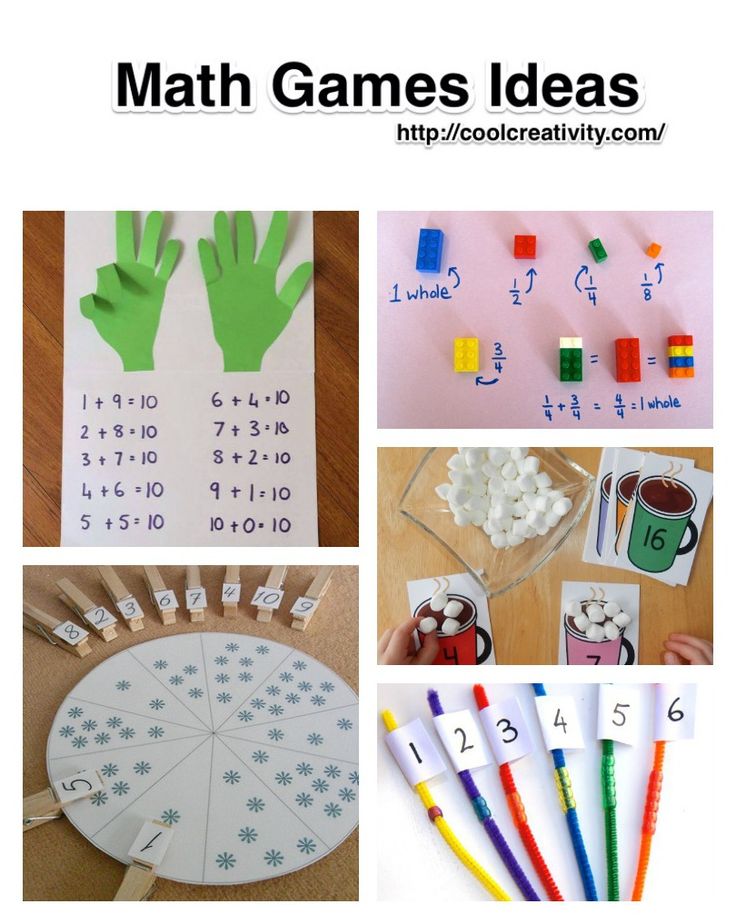
If you have not found a person with the necessary competencies among your own, invite a specialist from another company. Many organizations now support the practice of exchanging internal experts. The only condition is that you must have an employee with knowledge and experience that is of interest to another company, or you can offer another service in exchange (for example, media partnership). It is worth involving your marketers and PR specialists to discuss collaboration ideas. nine0003
You can agree on this format of cooperation directly through T&D colleagues from other organizations. If you are an active member of the professional community - you attend specialized conferences, seminars, are members of specialized T&D groups on social networks - it will not be difficult to find the right expert and agree on his invitation.
In most companies, employees in some departments do not really know what their colleagues from other departments do, although their experience could be useful to them.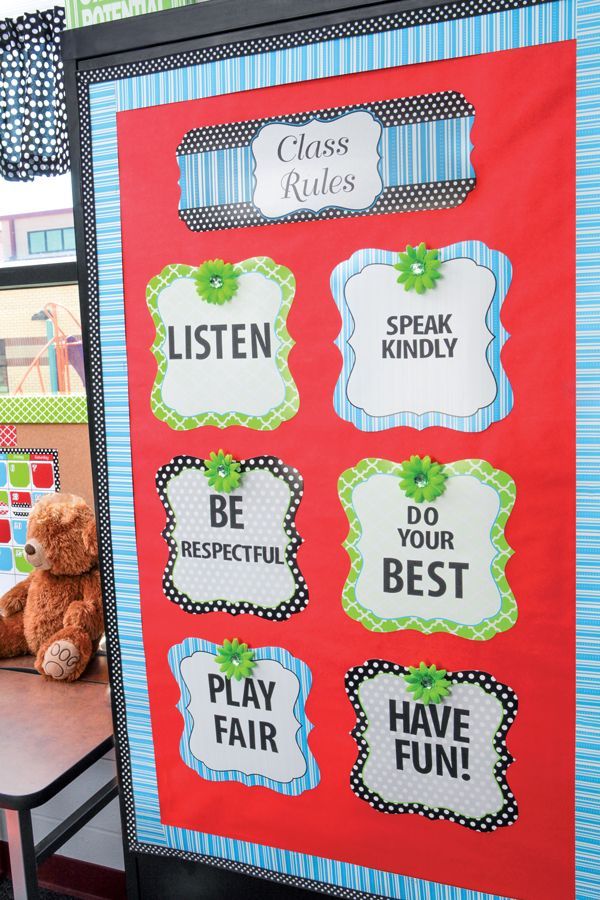 Organize events to share best practices and case studies. This format can be more effective than expensive training because employees learn about experiences that are directly related to their work. For example, in OKKO such meetings are held quarterly: nine0003
Organize events to share best practices and case studies. This format can be more effective than expensive training because employees learn about experiences that are directly related to their work. For example, in OKKO such meetings are held quarterly: nine0003
“At our internal Knowledge Marathon event, department heads and specialists speak on various topics like “How I built good relationships in my team” or “Remote worker life hacks”. Basically, of course, the performances are about soft skills. This is how we spread knowledge for all colleagues, and at the same time introduce them to each other, which is important in the era of remote work,” says Irina Rodina.
Even in our age of trainings and online courses, professional literature has not lost its importance - it is still a popular source of knowledge. And there are still people who prefer books to lectures. You can start an electronic corporate library, which each employee could replenish with their own files. The main thing is to sort books and links to useful articles by topics and directions for easy search. If you are ready to spend a little, you can purchase a corporate subscription to online libraries - for example, MyBook or MIF. A good bonus would be the audio format of books - you can listen and learn something new on the way to work or during fitness. nine0003
The main thing is to sort books and links to useful articles by topics and directions for easy search. If you are ready to spend a little, you can purchase a corporate subscription to online libraries - for example, MyBook or MIF. A good bonus would be the audio format of books - you can listen and learn something new on the way to work or during fitness. nine0003
Basic knowledge and skills can be found in free online courses. For example, sites such as Open Education offer free courses from universities. Paid sites, even large ones like Coursera, also have free courses from top university professors and well-known experts. Choose suitable topics for employees, keep track of the start dates for enrollment on them, and periodically check for new courses.
In addition, many universities and paid educational sites often hold free one-time events - webinars, workshops, round tables. They can be useful for both beginners and experienced professionals.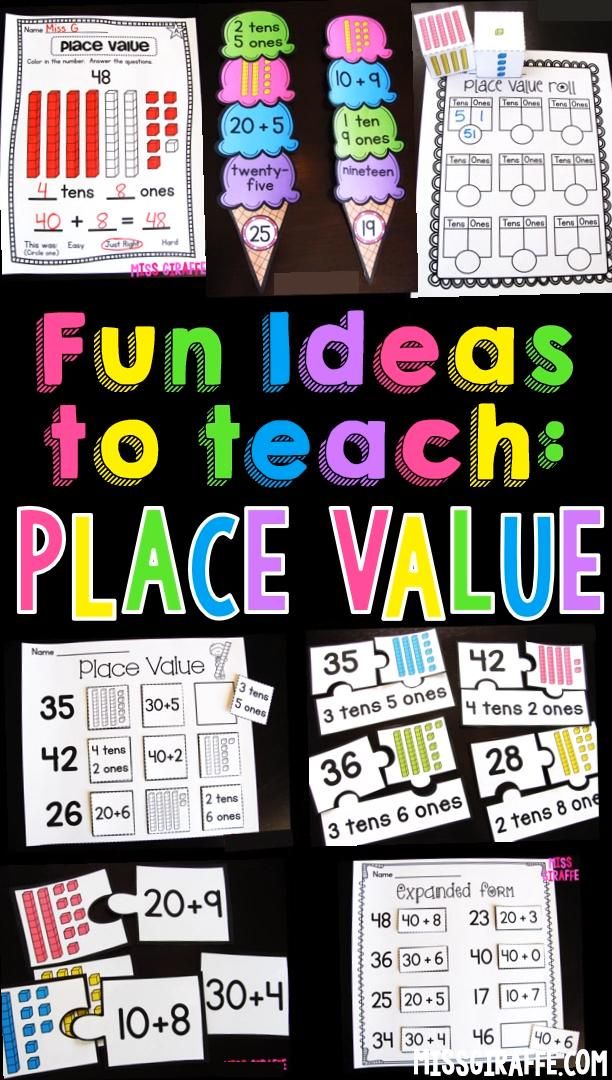 It is only important to subscribe to the news of the educational platform in social networks or to the newsletter by e-mail in order to follow the schedule. nine0003
It is only important to subscribe to the news of the educational platform in social networks or to the newsletter by e-mail in order to follow the schedule. nine0003
You can ask department heads to collect lists of employees' favorite educational sites, bring them into a single database, and instruct someone to regularly monitor announcements in each area.
It is convenient for people to receive information through the channels they are used to. For example, if not everyone uses the corporate portal, then instant messengers are already an integral part of life. Why not make a Telegram channel for employees and post collections of useful training content to it? You can organize everything so that employees will partially fill this channel themselves - with materials from open sources. nine0003
“We have our own Telegram channel, where we publish useful collections with articles, studies, cases, videos, and so on.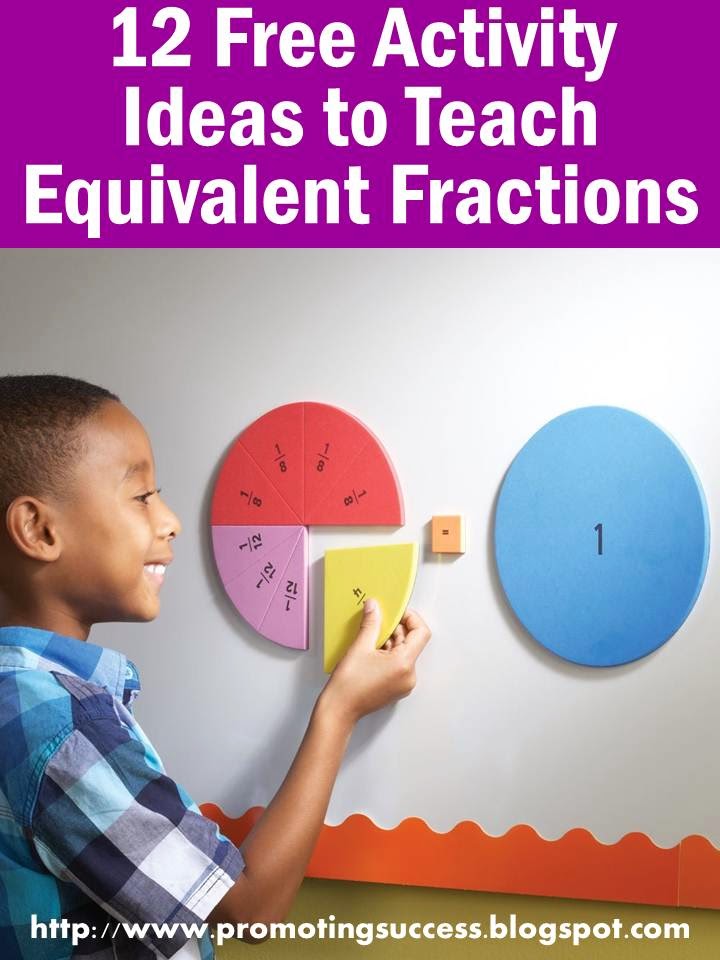 Moreover, the employees themselves find interesting materials and send them to us “to the editorial office”. We check them and share them with others."
Moreover, the employees themselves find interesting materials and send them to us “to the editorial office”. We check them and share them with others."
Irina Rodina , Head of T&D at the OKKO online cinema network
Professional conferences and forums with the participation of star representatives of the industry are certainly useful events for the development of employees. But participation in the best events is not cheap. Irina Rodina offers savings options: nine0003
- Purchase a ticket for one employee and then arrange an internal meeting to ask them to share information with colleagues.
- Send your expert to speak as a speaker at the event. In addition to the fact that he himself will get the opportunity to attend the conference for free, the organizers most often allow you to bring a colleague (also for free or at a discount).
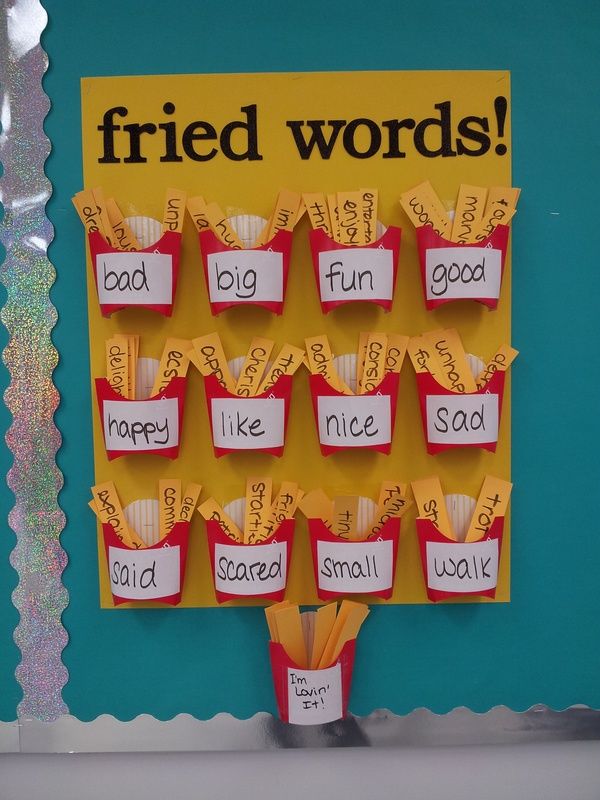
Another good way is to support informational events that are interesting for you. If your company can influence the target audience of the conference organizers, then they will be happy to cooperate with you. As a bonus, you will get a couple of free tickets. nine0003
You can also make your online courses on a budget if you use free resources and create content on your own.
“If this does not affect the effectiveness of learning, I try to minimize economic costs and use free platforms. Among the platforms for educational programs, I can single out Google Classroom. There you can create curricula, conduct lessons, submit homework assignments, track your learning path, and much more. You can add presentations, videos, pictures, audio files, and so on to courses. A big plus is that Google Classroom integrates with other Google services, in particular mail and calendar.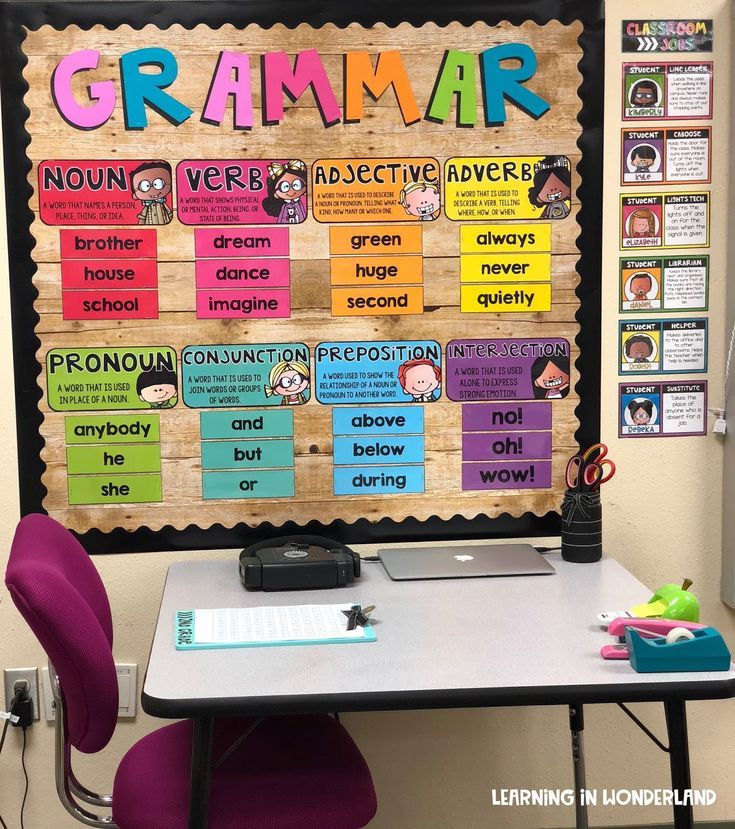 Therefore, when I assign students the next lesson, it automatically falls into their schedule. nine0003
Therefore, when I assign students the next lesson, it automatically falls into their schedule. nine0003
Alexey Pluzhnikov , Founder of Online Events Workshop, T&D marketer and business coach
In a word, there will always be available options - the main thing is that the quality of education does not suffer. What is definitely not worth saving when organizing training is time. For example, developing a full-fledged corporate training program is a multi-stage process, but if you skip a step for the sake of speed, then there is a high risk of wasting both money and time (training will not be useful). nine0003 Vkontakte Twitter Telegram Copy link nine0002 Corporate training
We develop the competencies of your employees: line specialists and managers
Learn more
Learn for free:
webinars on programming, marketing and design.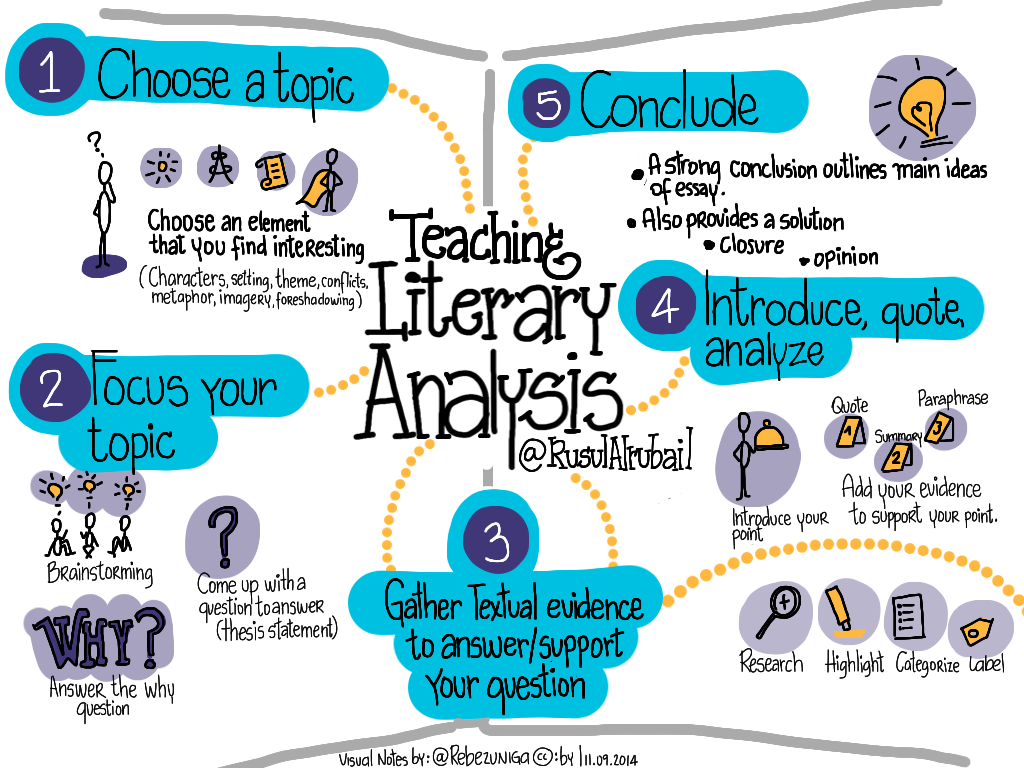
Participate
Like this article?
Yes
5 interesting ideas for online and in-person learning
Learn how to make learning more fun, fair and reliable from five experienced teachers who have learned from their experience. These ISTELive speakers delve into topics like helping struggling students, creating a Genius Hour in the classroom, using games for discussion, and more. Watch the video below for helpful tips for your class
Google Tools for Students with Difficulties
Eric Kurts, a longtime technology integration specialist, provides expert guidance on tools within the Google ecosystem that can help students with learning disabilities and people with special needs. These include text-to-speech and speech-to-text tools, applications that improve readability and comprehension, and those that adjust behavior, focus attention, and ease navigation.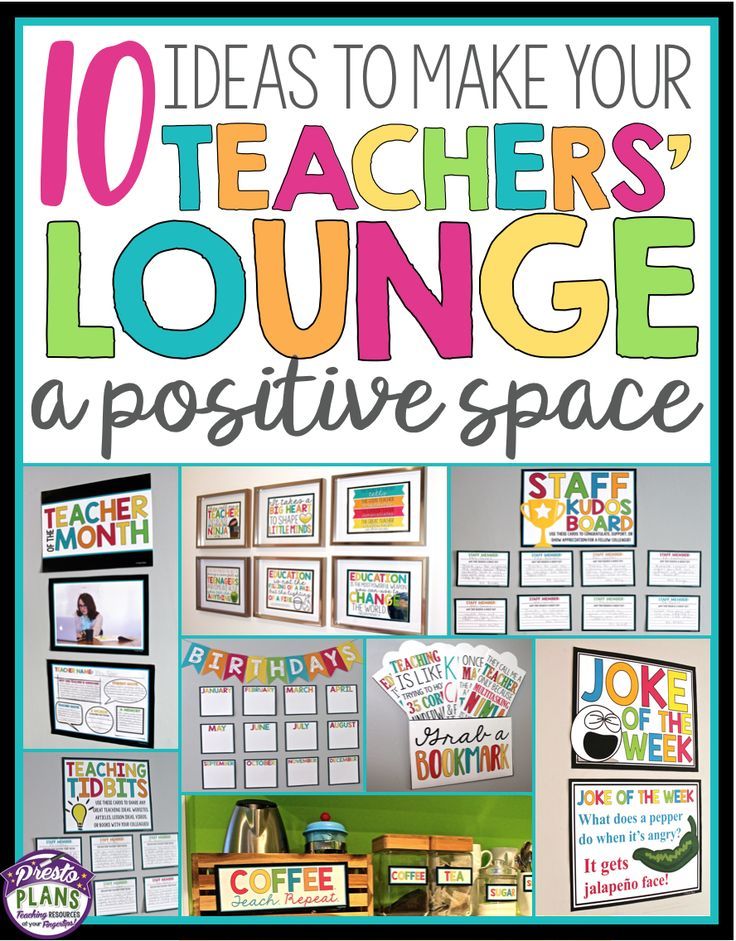 Install and try out each tool as Kurts demonstrates them in the video below. nine0003
Install and try out each tool as Kurts demonstrates them in the video below. nine0003
One-to-One with Genius Hour
Nicholas Provenzano, aka The Nerd Teacher, finds a boring, formulaic curriculum a source of frustration for both teachers and students. He advocates a "Genius Hour" approach that puts learning in the hands of students, allowing them to choose what they want to learn and how they want to learn it. For example, students can build a carpentry project or customize a pair of shoes and use digital tools to show how they made it. Giving students self-interest increases engagement and builds the skills needed for lifelong learning. Watch the video below to get started. nine0003
Drawing as a thought process
Manuel Herrera understands that most people don't want to draw because they lack artistic ability. But Herrera offers a different perspective: if you can think, you can paint. Herrera, the school district's innovation coordinator, is a firm believer that drawing is a way to demonstrate thinking. Through exercises such as turning doodles into birds and assembling a set of shapes, Herrera shows how anyone can communicate ideas through drawing. Watch the video below for a fresh look at your artistic abilities. nine0003
Creative storytelling with Adobe Creative Cloud Express
From cave paintings and hieroglyphs to Facebook and Instagram, people have always wanted to share their stories. And in this digital age, tools have never been better.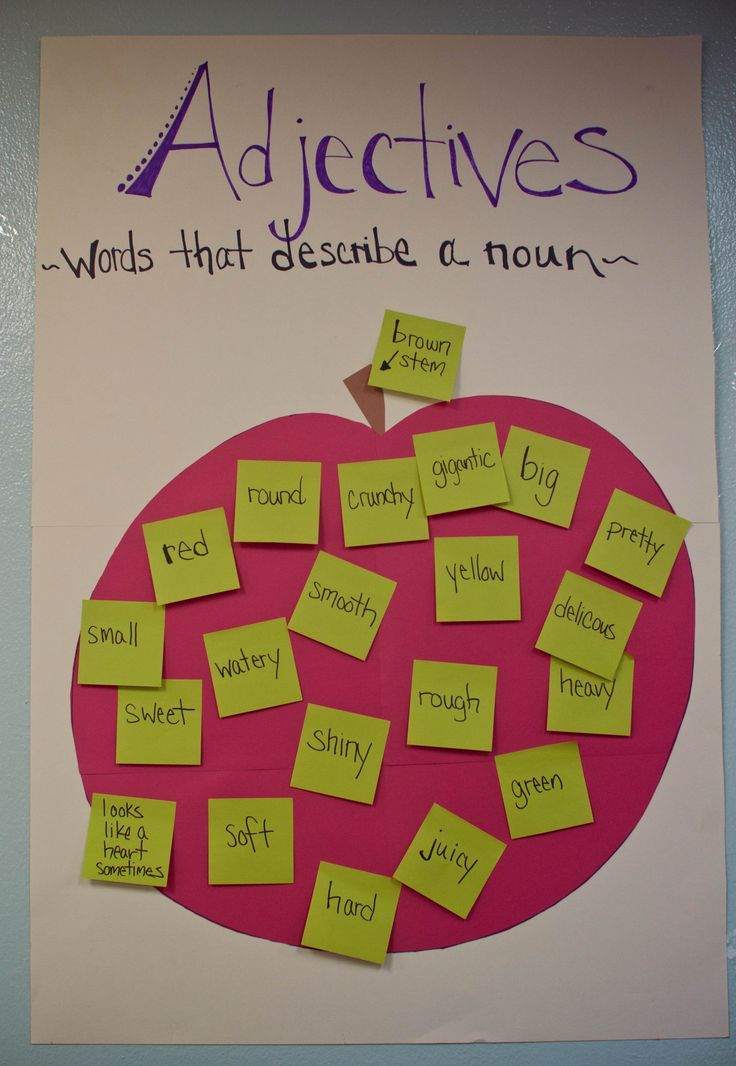 Claudio Zavala Jr., a Texas school district digital designer, wants to show people how to use digital tools to tell their stories. Zavala will demonstrate how free apps like Adobe Creative Cloud Express (formerly Adobe Spark) for video and text and Adobe Premiere Rush for animation can bring stories to life. Watch the video below to easily start telling your story. nine0003
Claudio Zavala Jr., a Texas school district digital designer, wants to show people how to use digital tools to tell their stories. Zavala will demonstrate how free apps like Adobe Creative Cloud Express (formerly Adobe Spark) for video and text and Adobe Premiere Rush for animation can bring stories to life. Watch the video below to easily start telling your story. nine0003
Collaborate with digital games to break through
Watch Desiree Alexander as she parodies the daily routine of boring online lectures and lessons, then describes the best way. Alexander, regional director of Associated Professional Educators of Louisiana, talks about the benefits of digital learning games where students solve puzzles and riddles together. Alexander touts the benefits: they can be used digitally or in person; they are free, student-focused, and flexible; and they associate content with cultural significance.